Samsung Galaxy S9 and S9+ vs Apple iPhone X
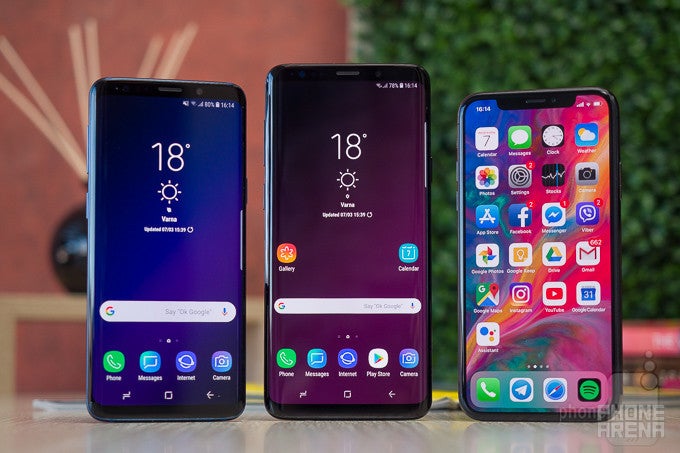
Samsung's Galaxy S9 and S9+ against Apple's iPhone X: that's a classic rivalry among the best in the field – like Lakers vs Celtics, Mercedes vs BMW, CIA vs KGB (oops, not that one) – and there is no need to tell you anything else to pique your interest.
Design
Samsung summons a more elegant approach to a bezel-less design, notchwithstanding
All three phones are crafted out of premium reinforced glass, with metal frames around them, leaving a solid, classy feeling in the hand. They are also water-resistant and host capable stereo speakers despite their IP68 certification.
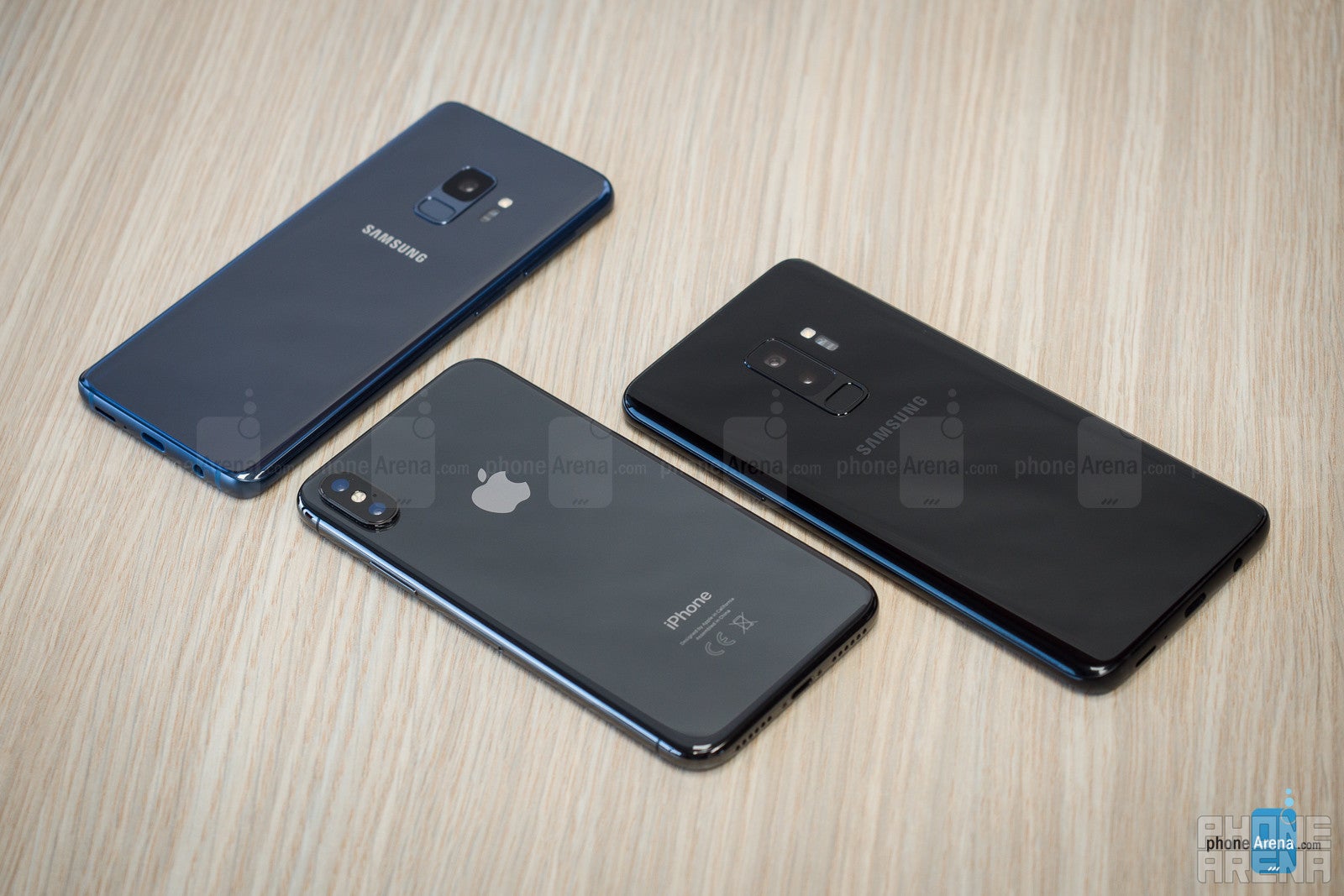
The Galaxy S9 and S9+ may look similar to their predecessors, but are made with tougher, more scratch-resistant 7000-series aluminum alloy around the sides and 20% thicker glass, making them more durable. Apple counters with a stainless steel frame – a stronger but heavier material – and what it calls “the most durable smartphone glass ever.”
While glass is necessary to allow wireless charging to pass through without getting these phones hot and bothered, it means that they are also way more fragile than metal phones. “Most durable” or “20% thicker” claims aside, glass backs do crack, and if you don't put a case on Samsung's or Apple's finest, prep for expensive repairs, no exceptions.
The buttons around the phones are tactile and easy to feel and press. Samsung overhauled the keys on the Galaxy S9 and S9+ a bit, placing them higher and making them thicker, to facilitate one-handed activities with the phones. While it's fairly easy to hold and operate the 5.8” S9 and iPhone X with one hand, the S9+ presents more challenges, on account of its larger screen diagonal. Bummer, as that's the one with the dual camera set that offers telephoto zoom, just like the X.
Apple and Samsung each approached the rolling era of phones with minimum bezels in their own way. Since there's no room on the front for one, the iPhone X eschews the finger reader for Face ID biometry, and housed it into a top bezel protrusion, lovingly called “the notch” by fans and foes alike.
Samsung keeps the top bezel uninterrupted, but shaves it off as much as it can. Ditto for the bottom one. Both the iPhone and the Galaxies got their unmistakable identities each in their own way – Samsung with the Infinity Display curved design, Apple with the notch, and you can immediately tell the brand just by looking at the phones – mission accomplished.
Displays
Both Samsung and Apple flaunt best-in-class outdoor visibility and great HDR display specs
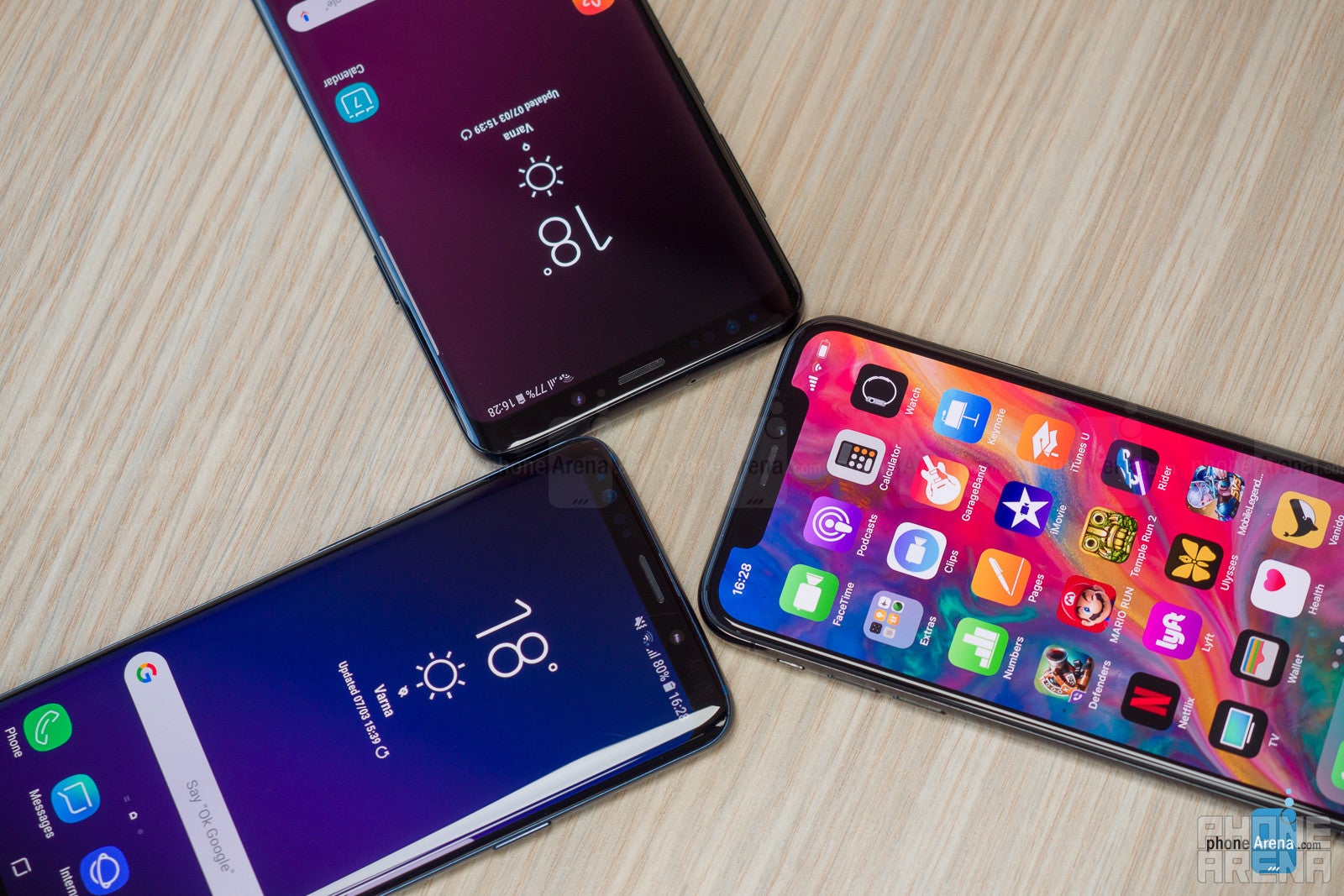
The Galaxy S9 offers a high-res 5.8” 1440x2960 pixels OLED screen, and ditto for the 6.2” display on the S9+. Apple's first foray into OLED displays resulted in a bright, 5.8” 1125 x 2436 pixels panel with excellent color presentation. White still looks blueish when you tilt either of these displays, but that's a common pain with this tech.
Samsung introduced what it calls Adaptive Contrast Enhancement for the S9 and S9+, which improves outdoor visibility by dynamically adjusting contrast and boosting brightness in direct sunlight. We measured the whopping 600+ nits of average peak brightness in the default Adaptive screen mode, or the highest ever on a Galaxy S-line phone. While those conditions will take a toll on your battery, the displays retain excellent sunlight visibility, coupled with their extremely low reflection rates. The iPhone X also exhibits very low reflections and is capable of the same 600+ nits of brightness in auto mode, so we can call sunlight visibility a draw.
What attracted our attention to the new Samsung displays is that they now feature an adjustable white point slider, letting you bring the typically blueish or greenish cold whites of OLED displays closer to the reference 6500K. It does work in the default Adaptive mode, but at an angle the panels still turn blueish, just like on the iPhone X.
All three screens are HDR-certified, meaning that you will be able to watch footage with higher color and contrast range, like some new movies and TV series off of Netflix, though you'd have to shell out extra for that subscription.
Interface
Neat X gestures, and the smoothest Experience UI so far
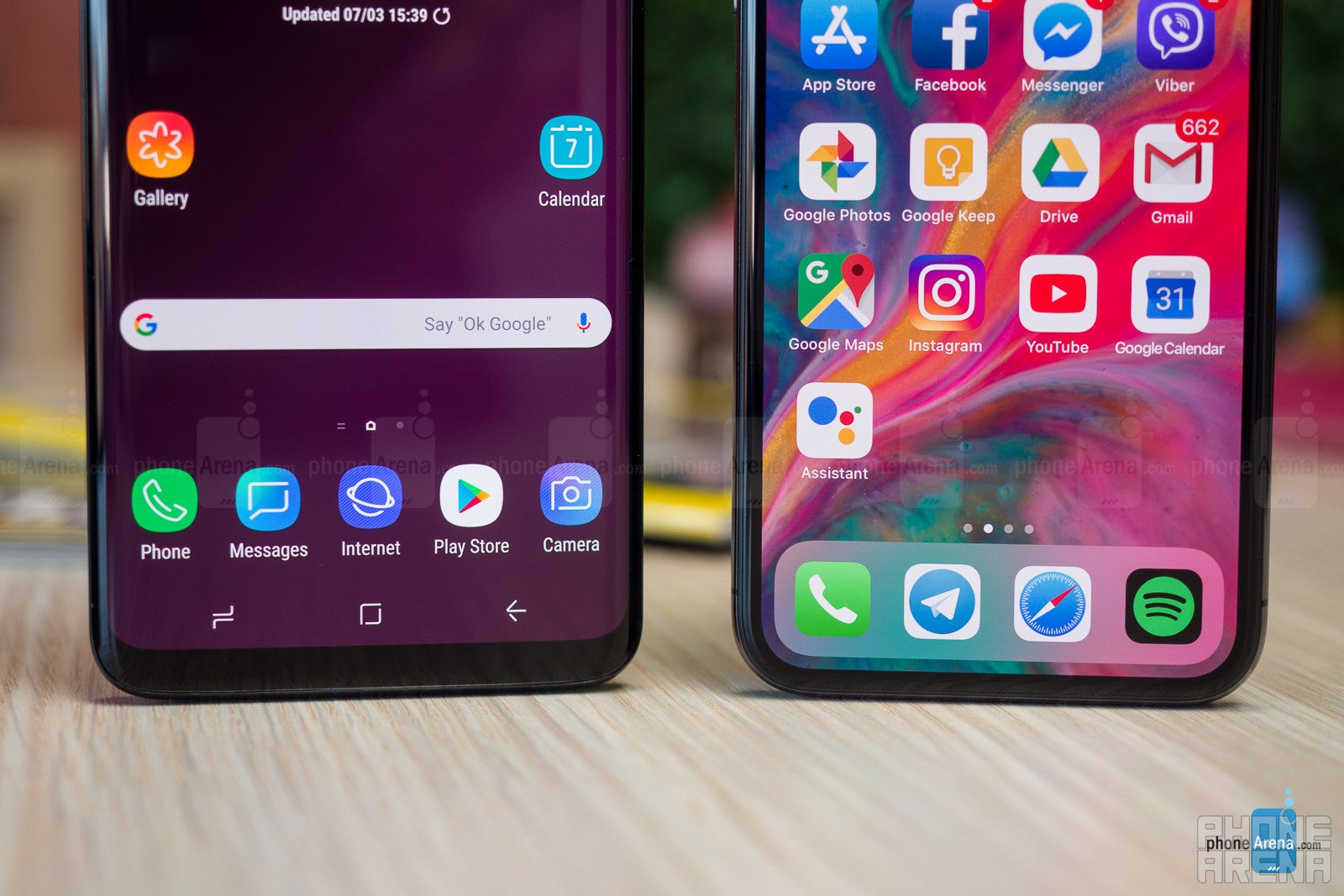
The new Galaxies sport Android Oreo on board with the latest Samsung Experience UI, which is chock-full of functions and options, with virtual buttons that can get out of the way when not needed. The iPhone X runs on the latest iOS 11, and Apple circumvented the lack of a home button with the introduction of nifty navigation gestures.
On the iPhone X, you swipe up to get to the home screen. Swipe and hold, and you get to the recent apps. Swipe left or right on the bottom bar indicator to switch between said apps. A more pressing issue on iOS is the notifications clutter and their dismissal system.
Samsung's Experience UI has its own set of nifty gestures, like bringing the notifications shade down by swiping on the screen or finger scanner, and its own set of issues, mainly stemming from the wide variety of features that most owners won't even touch during their life with the S9 or S9+, yet they are here to gum up the works. We aren't even talking about the virtual butler Bixby, which has a dedicated button on the side, and is still very much a work in progress. Furthermore, Samsung's attempts to copy Apple's Face ID unlock and Animoji with Intelligent Scan and AR Emoji feel like an afterthought in comparison.
Moreover, there is a new landscape mode now, which Samsung introduced for those moments when you're watching video and have to go back to the home screen for a second. Overall, both interfaces have their advantages and drawbacks, and we'll leave it at that, as every owner would attest that what works best for them, is what they are used to.
Processor and memory
Fast and Furious 9 and X

Faced with the fastest mobile processors on the planet – the Snapdragon 845 or Exynos 9810 in the Galaxy S9/S9+, and the A11 on the iPhone X – we won't be extolling the benchmark-crashing virtues of the 10nm silicon inside these three phones.
Suffice it to say that they would digest anything thrown at them with ease, including heavy games, without breaking a sweat. Still, the iPhone X will let you record 4K 60fps video without limitations, while Samsung restricts it to 5-minute sessions, to “ensure optimal storage, battery life and overall performance,” as it told us, so here's some food for thought.
The Galaxy S9 and S9+ come in 64/128/256GB storage versions, depending on the markets, while Apple simplified the iPhone X choice with 64/256GB options, as it has a habit of doing. Still, that's the first time the elusive 256GB option appears in the Galaxy S line, and in this day and age of 4K video capture, we can only be thankful for the gravy. Only the Galaxy S9 and S9+ support storage expansion through the use of a microSD card.
Camera
Excellent snaps from Apple and Samsung, but variable aperture is not all that it's cracked up to be
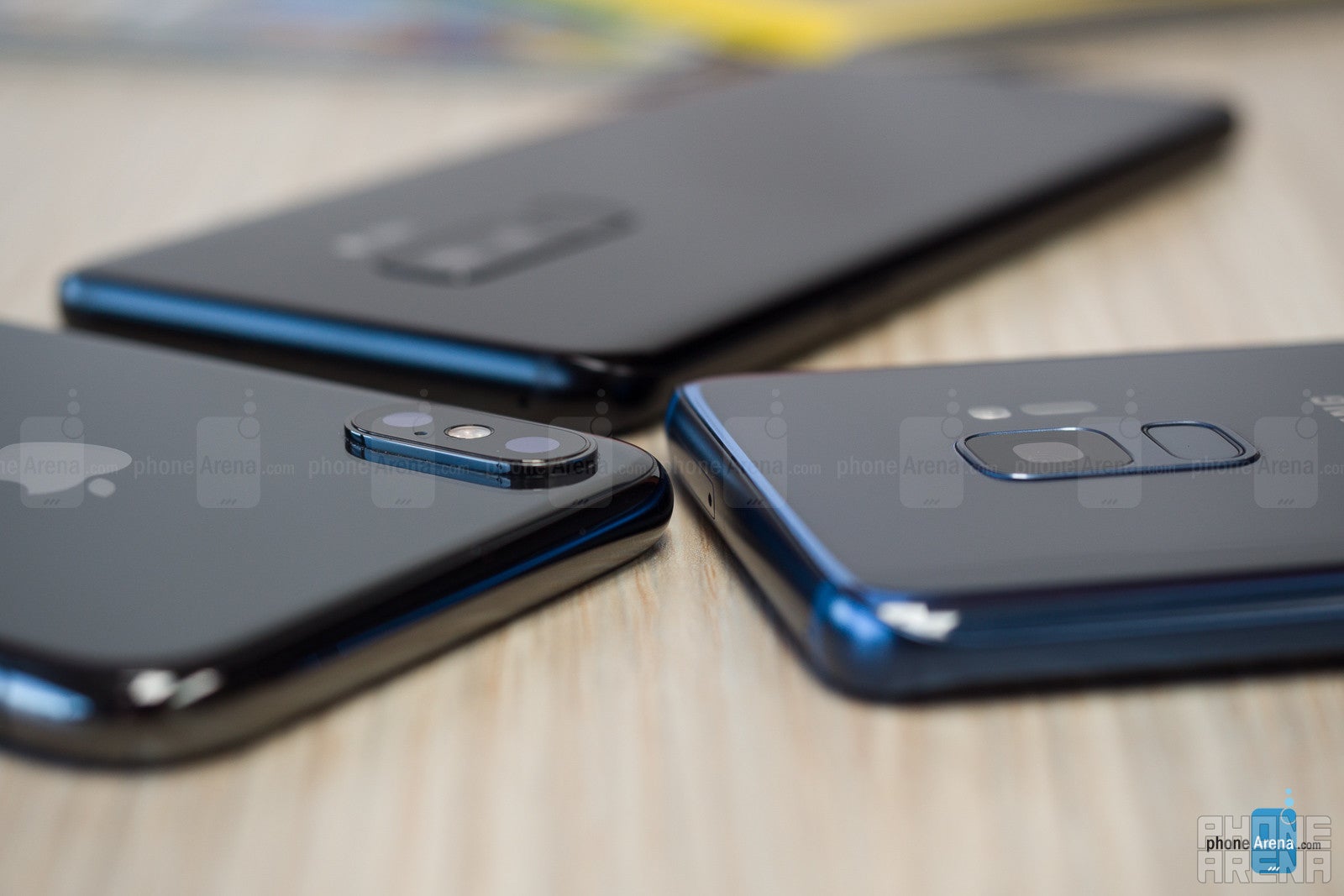
While we breezed through the previous parts, we'll spend a bit more time with the big unknown. That's the brand new and unique Galaxy S9 and S9+ camera sets, and we're about to find out how they stack up against Apple's finest.
We are dealing with 12MP sensors with optical image stabilization on all three phones, but the Galaxies have main cameras that can switch from record-wide for a smartphone f/1.5 aperture, to a more narrow f/2.4 one – the former gives low-light shots a boost, while the latter takes sharper daytime photos. Moreover, the Galaxies' sensors have larger, 1.4 micron pixels compared to the 1.2 micron ones on the iPhone X. In theory, this should make the Galaxy S9 and S9+ superior in indoor and low-light conditions – the Achilles heel of the cameras on even the most expensive phones. But is it so in practice?
We'll keep the suspense alive and comment on the outdoor photos first. Starting with the colors, both the Galaxy S9+ and the iPhone X tend to the warm and more intense, saturated side of the spectrum which people tend to enjoy better. The iPhone X, however, takes this warmer white balance tendency further than the Galaxy, to the extent that its photos look rather yellowish compared to what's actually in front of the lens.
The iPhone and the Galaxies produce some pretty amazing dynamic range balancing, able to capture brighter scene sections without overexposing and burning their detail, and at the same time bring up what's in the frame's shadows, instead of burying it in pitch dark sections.
Next up, detail definition. The typical “Samsung oversharpening” seems to be gone from the new Galaxies, and there are less edge artifacts as a result, but that makes photos look softer than the ones from last year's S8 or Note 8. The iPhone X also produces pictures that are similarly non-edgy as the ones from the S9+, so we can call it a draw.
Indoor and low-light shots
At night, the iPhone X consistently chooses camera settings that result in highlights like lamps or neon burned out more than in the S9's scenes. Digital noise is kept in check very well on all phones. The S9 and S9+ have the upper hand when it comes to image sharpness and details.
When it comes to color representation, the Galaxy S9 casts a warm veil over the photos, and saturates the tones a bit over reality, and the iPhone X goes even further to the warm, yellowish overtones, again.
Overall, because of the slightly better white balance and sharper photos, we'd give the low-light round to the new variable-aperture Samsung camera, when confronted with the iPhone X, but by no means to the extent we expected given the specifications, marketing slogans, or isolated light collection level tests.
Front camera
The Galaxies offer 8 MP selfie cam with autofocus, while the iPhone X has a 7MP fixed-focus camera at the front, both with auto HDR capabilities. At night, the Galaxy S9+ churned out a slightly brighter, with more natural-looking colors selfie, while in daylight the front snappers are roughly on par in most samples.
Video
All hail the 60fps chiefs! At 5-minute increments (Samsung) and with mono audio (iPhone)
Say what you will about standalone film cameras, but these three phones are the best devices for video recording you can grab and go now. They go up to 4K 60fps optically-stabilized footage – need we say more? In addition, Samsung has packaged its camera sensors together with their own stacked memory to allow the breathtaking 960fps slow motion bursts at 720p definiton, or 480fps at 1080p, beating the iPhone X's 240p there. The S9's Super Slow Motion is fun to play with, but these are very short bursts that do require planning and scene selection, so most users won't bother outside of the initial curiosity, if at all.
When it comes to the actual quality of the footage, the Galaxy S9 refocuses faster between near and far objects, and keeps focus on moving objects better, thanks to the Dual Pixel technology on Samsung's phones.


In certain scenarios, like shooting our talking head against the sky and the sea in the garden, the iPhone X mangled the exposure by keeping his face darker for the sake of enhancing the brighter highlights around, while the S9+ managed the tricky dynamic range situation better. All devices tend to the warmish white balance, especially the S9+, straying from the cold, hard reality. Handshake compensation is near instantaneous on all phones, and, did we mention the amount of detail and smoothness they can do with 4K definition at 60 frames per second?
Unfortunately, Samsung caps that option at 5-minute intervals, to prevent memory and processor timeouts, as it told us, while Apple can crunch any length, but records mono audio to accompany it. As long as there is free storage, that is, since the 60fps footage will eat up your internal memory for breakfast, even with the frugal HEVC format all three phones can store video in. Last we have to mention that the 4K 30fps option on the S9+ bugged out, and resulted in choppy 25fps footage for some reason.
Media
In stereo and with cinema quality
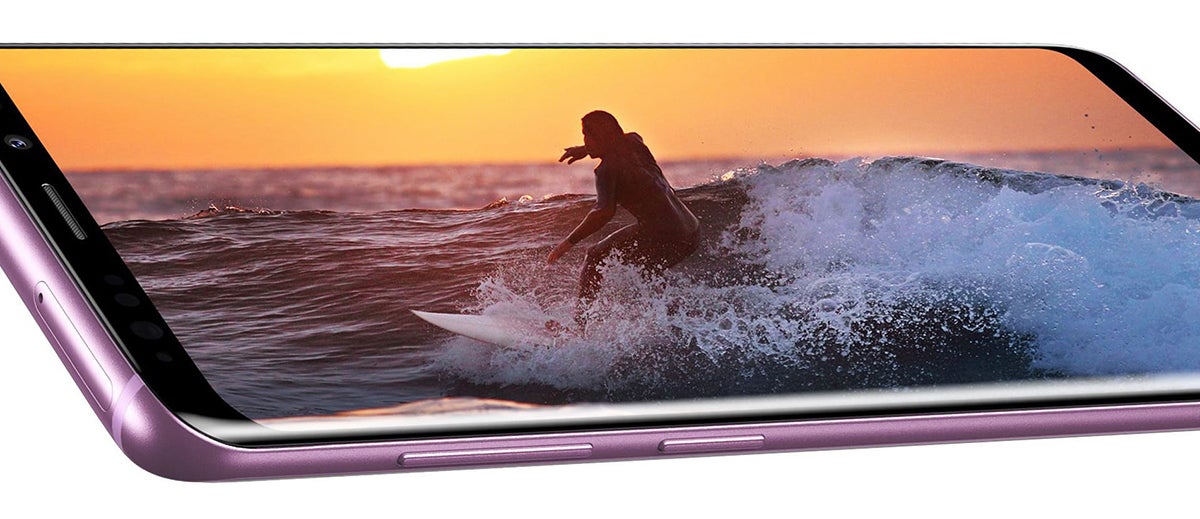
Not to be outdone, Samsung equipped this year's Galaxy S9 and S9+ with stereo sound, in the same configuration as the ones on the iPhone X – a bottom one and an earpiece that doubles as a lautsprecher. That's German for speaker, and sounds much more intense, just like the new high-powered output on the Galaxies.
The good sound of these phones is complemented by large displays which make video look amazing with the deep blacks and ultrahigh contrast only OLEDs are capable of. That's doubly true for HDR footage, as the handsets are certified to reproduce its wide color gamut just as its creators intended.
Unfortunately, due to the modern tall and narrow display resolution formats, YouTube, and most other footage, would either get letterboxed on the iPhone and the Galaxies, or cropped/notch-ed when extended into full screen. Sigh for the times.
Call quality
Voices in the earpiece of the Galaxies and the iPhone X come loud, crisp, and with barely an audible distortion even towards the high end, unless you have a caller with a crappy phone mic at the initiating line. The slew of noise-canceling mics all around the S9 and iPhone X were able to relay out own musings in a clean and non-vexed manner, with distinct voice timbres.
Battery
Good enough

Unfortunately, there isn't much to brag about with the battery life on these three puppies. The 3000mAh unit of the Galaxy S9 and the 2716mAh one of the X will get you through the day if you don't play Pokemon Go too much. Unfortunately, the larger, 3500mAh battery of the S9+, won't last much longer, either. As you can see below, the iPhone and Galaxies don't even pass the 9-hour mark in our battery benchmark, meaning they are firmly in the overnight charging camp.
The phones offer wireless charging, which is still a slower method than the good old cable, but that's where the fates of Samsung and Apple diverge. The Galaxy S9 and S9+ can be topped up almost twice faster than the iPhone X with the supplied standard chargers.
Not that the X doesn't support fast charging, but you have to splurge $75 extra for a brick, and a special cable straight from Apple, if you don't want to pick your nose around the iPhone while waiting for it to soak up enough electrons to get you through the day. Even then the charging time will be slower than on the Galaxy S9 and S9+ out of the box.
Conclusion
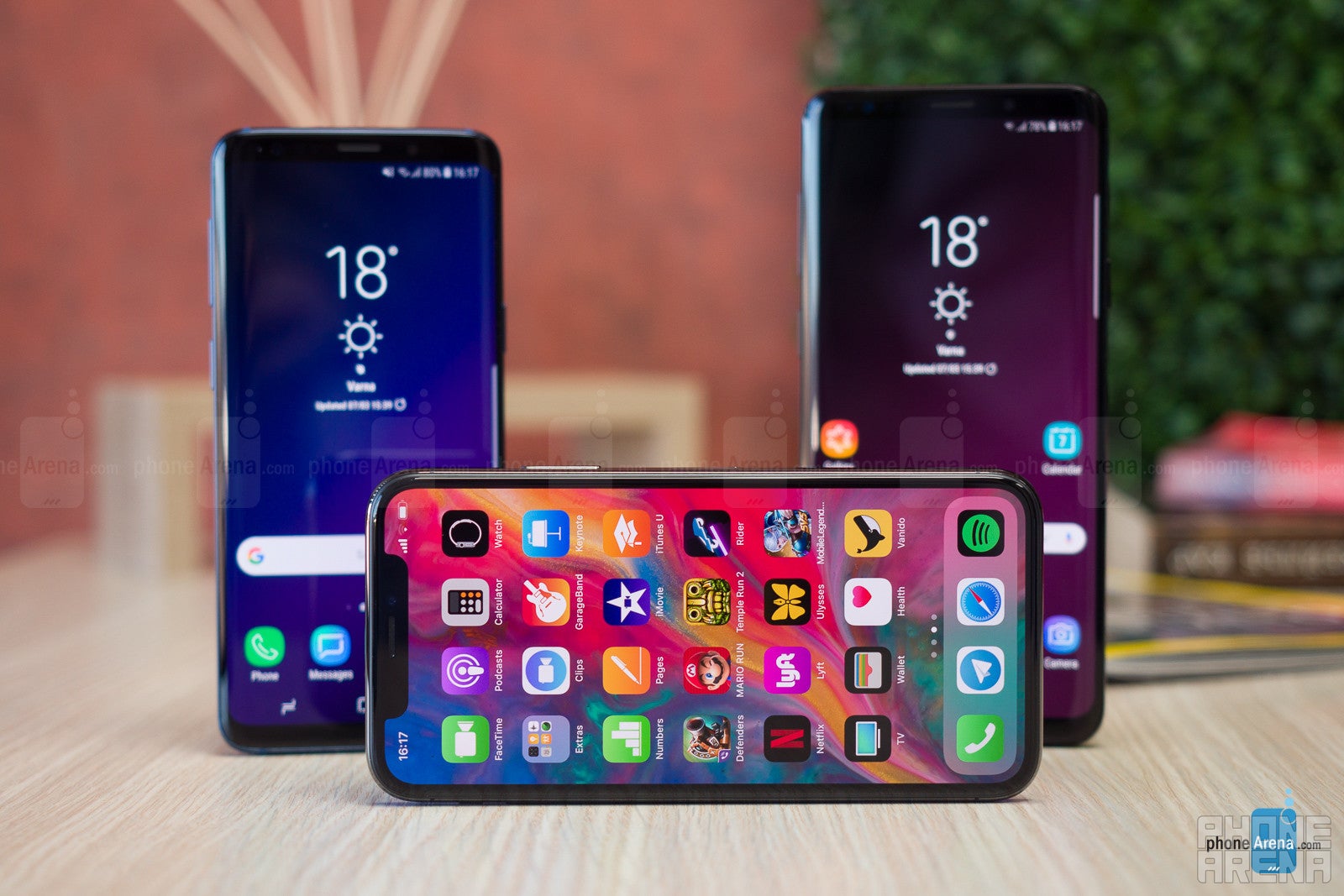
Gather around, people, we have a winner, the cheapest one! Nah, we kid, as entrenched Android or iOS users are unlikely to be swayed by the typical software ecosystem advantage or pricing arguments, and these are perhaps the only drastic differences between the Galaxy S9 or S9+, and the iPhone X.
Thus, even if you are on the fence about the iPhone's notch, and prefer Samsung's approach to bezel-less, Apple isn't giving you another “all-screen” choice, so you will be unlikely to switch to the S9 for design reasons alone, even for the presence of an audio jack. Things like low-light shots, faster charging out of the box, or stereo audio recording, go to the S9, while the iPhone counters with unrestricted video capture, as well as better app and accessory ecosystem. Again, not compelling enough reasons to desert your tribe for reasons other than pure curiosity.
Overall, these are two of the best phones you can buy on Android or iOS, yet not the best value-for-money phones, especially with the S9+ and the X pricing. Still, the Galaxy S9, at its $719 launch tag in the US, is a way more palatable choice in that respect than the $999 iPhone X, as, even if you only buy your media from iTunes, there are other, less expensive Apple options to pick from.
Samsung Galaxy S9 and S9+
Pros
- Most compact for the screen size in their class
- Good US pricing
- Top-shelf cameras
- Very good sunlight visibility
- Fast charging out of the box
Apple iPhone X
Pros
- Unique Face ID biometry and Animoji avatar features
- Very good value retention
- Bright, color-accurate display
- Excellent camera with unrestricted 4K video capture

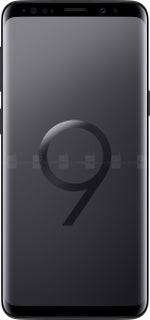

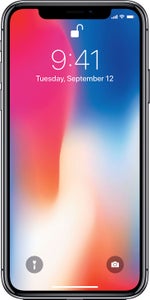
























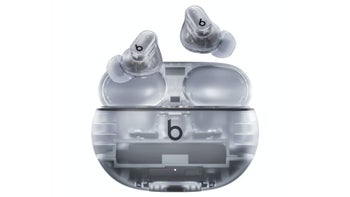






Things that are NOT allowed: